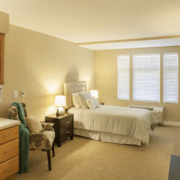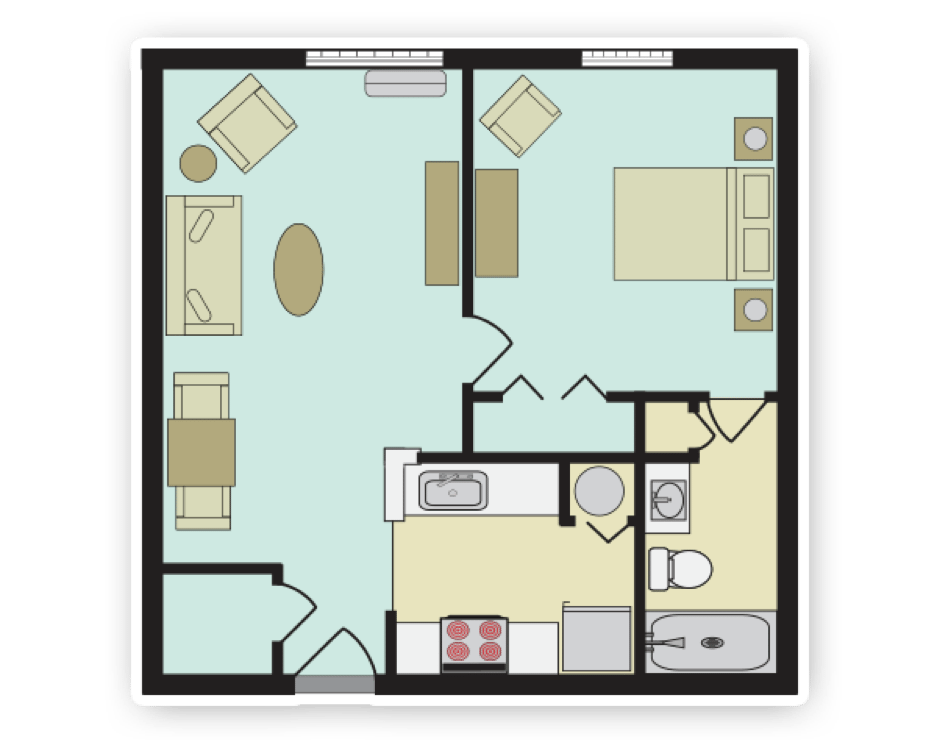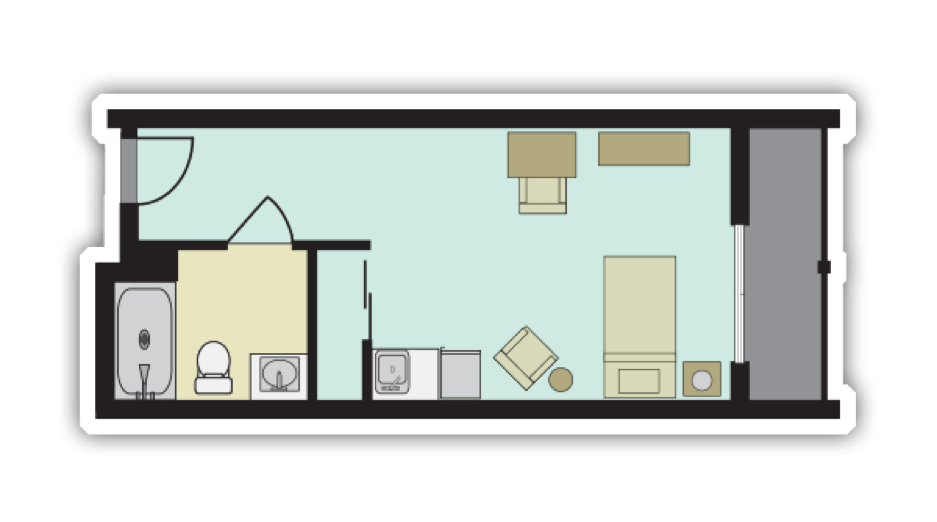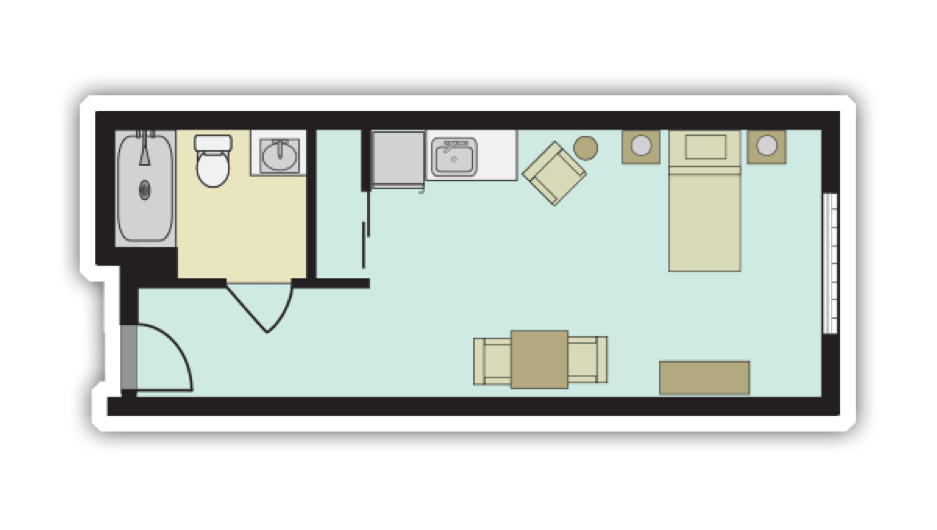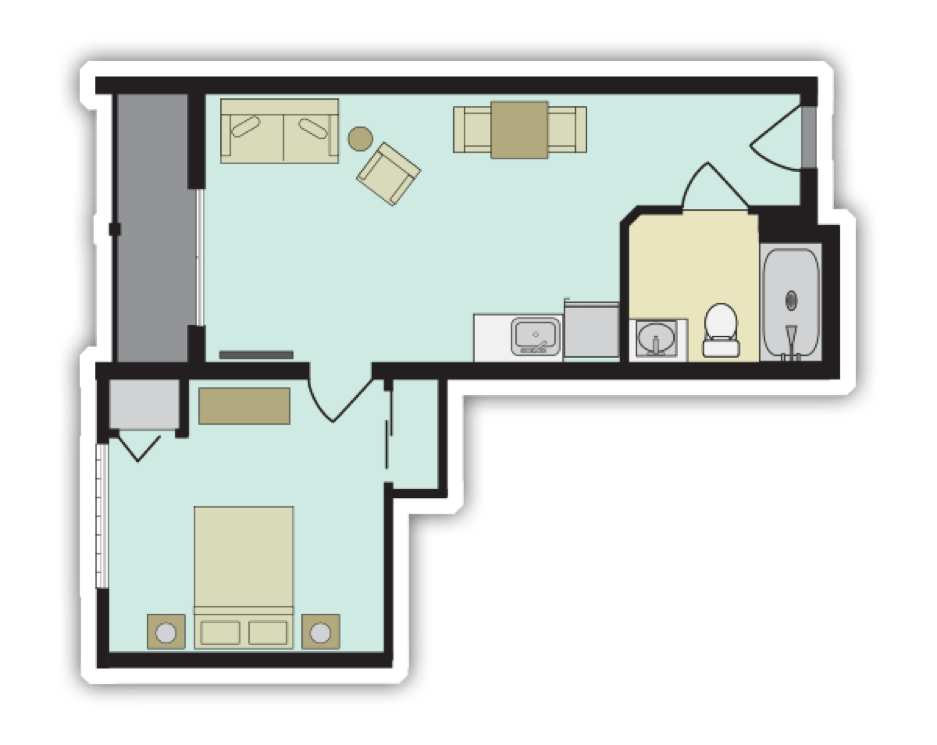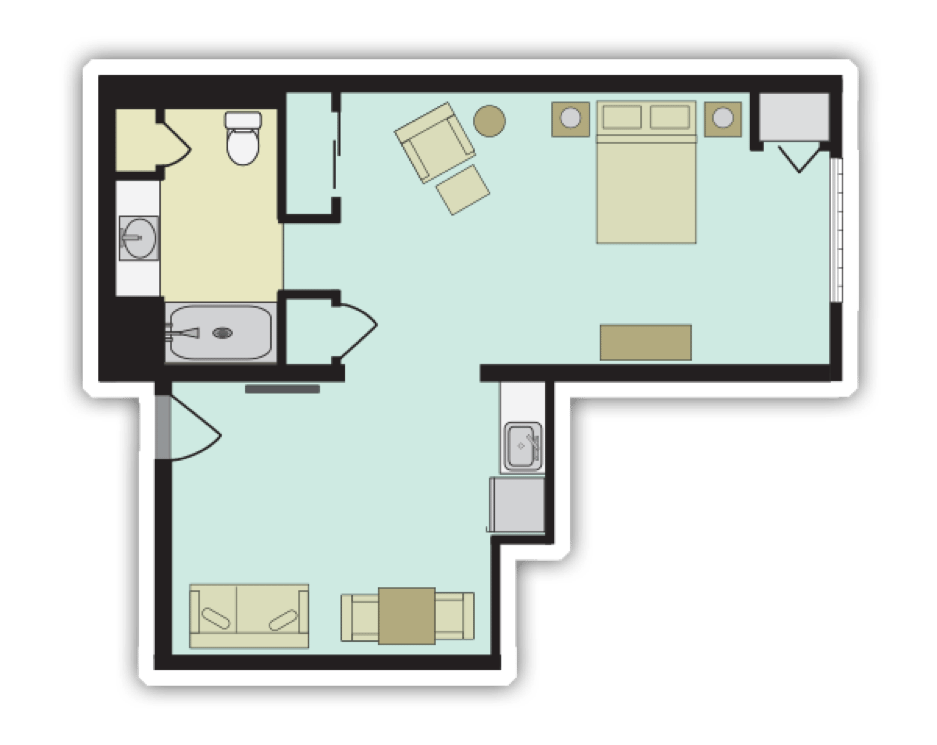4 Reasons Not to Wait to Move Your Loved One to an Assisted Living Community
When it comes to helping a loved one make the move to an assisted living community, it’s not uncommon to put the move off “until it’s absolutely necessary.”
Often, this conclusion is preceded by your Dad insisting that he is fine on his own, or Mom promising she can manage and doesn’t want to leave her home.
The idea of moving to a new location and changing one’s lifestyle can be daunting for anyone, and attempting to convince your parent otherwise can be a trying task.
Therefore, the decision is put off to be reanalyzed at a later date.
However, many residents at assisted living communities and their families realize, in retrospect, that they wish they had made the move sooner–and there are several reasons for this.
Read on to learn about four downsides, or unintended consequences, of waiting too long to move into an assisted living community…
#1: There’s an increased likelihood of falls and other accidents while living at home.
According to the U.S. Centers for Disease Control and Prevention, every eleven seconds, an older adult is treated in the emergency room for a fall, and every nineteen minutes, an older adult dies from a fall.
Falls are one of the biggest threats to safety in seniors, and once a fall has occurred, quality of life can rapidly decline.
It’s important to note that when tasks such as bathing, dressing, or maintaining the house become more difficult, the likelihood of a fall occurring increases.
It goes without saying, waiting until a fall has happened to make the move to assisted living is not the ideal strategy.
If you can start thinking of the move to an assisted senior living community as a preventative measure, you can take steps to ensure your loved one’s safety.
#2: There can be increased difficulty for family members who attempt to provide at-home care.
In many cases, families will either hire in-home care or attempt to provide the needed care themselves.
Many soon realize that the time and energy investment is more than they can handle, and the quality of time spent with their aging parent decreases as they attempt to assist with a variety of daily tasks.
On the other hand, professional caregivers at assisted living communities can provide compassionate assistance with feeding, bathing, and dressing–enabling adult children to spend more quality social time with their loved ones.
#3: Seniors have an increased likelihood of experiencing loneliness and not enough opportunities for socialization.
Social isolation is a real threat to the well-being of seniors in the United States.
In addition to increasing the risk of long-term illness, both “social isolation and loneliness are associated with a higher risk of mortality in adults aged 52 and older,” according to a study in the Proceedings of the National Academy of Sciences.
Sitting home alone and watching television is a recipe for a decline in both physical and mental health.
Even if the children and grandchildren make regular visits, it may not be enough.
On the other hand, assisted living communities offer many instances for healthy social interaction and activities with fellow residents. It’s highly recommended to take advantage of these socialization opportunities while still in optimal mental and physical health.
#4: Making a move when the resident is less mobile and physically able is more difficult.
Regardless of age, moving to a new home can take up a certain amount of both physical and mental energy.
Making the move while one is in better shape makes for a smoother transition, with minimized exhaustion.
Assisted living communities offer a range of exciting activities and opportunities that are better enjoyed when in optimal physical and mental health.
If your parent moves to a community but can’t participate in the aerobics classes or bingo games, he or she may live with the regret of not having made the move sooner.
Although it can initially be difficult to talk to your parent about making the move, once settled at an assisted living community, you will likely find that it was the best decision your family could have made.
If you’re looking for a safe, engaging, and warm assisted living community option for your loved one, we invite you to schedule a tour of The Ashford on Broad or The Ashford of Mt. Washington.
We look forward to meeting you!




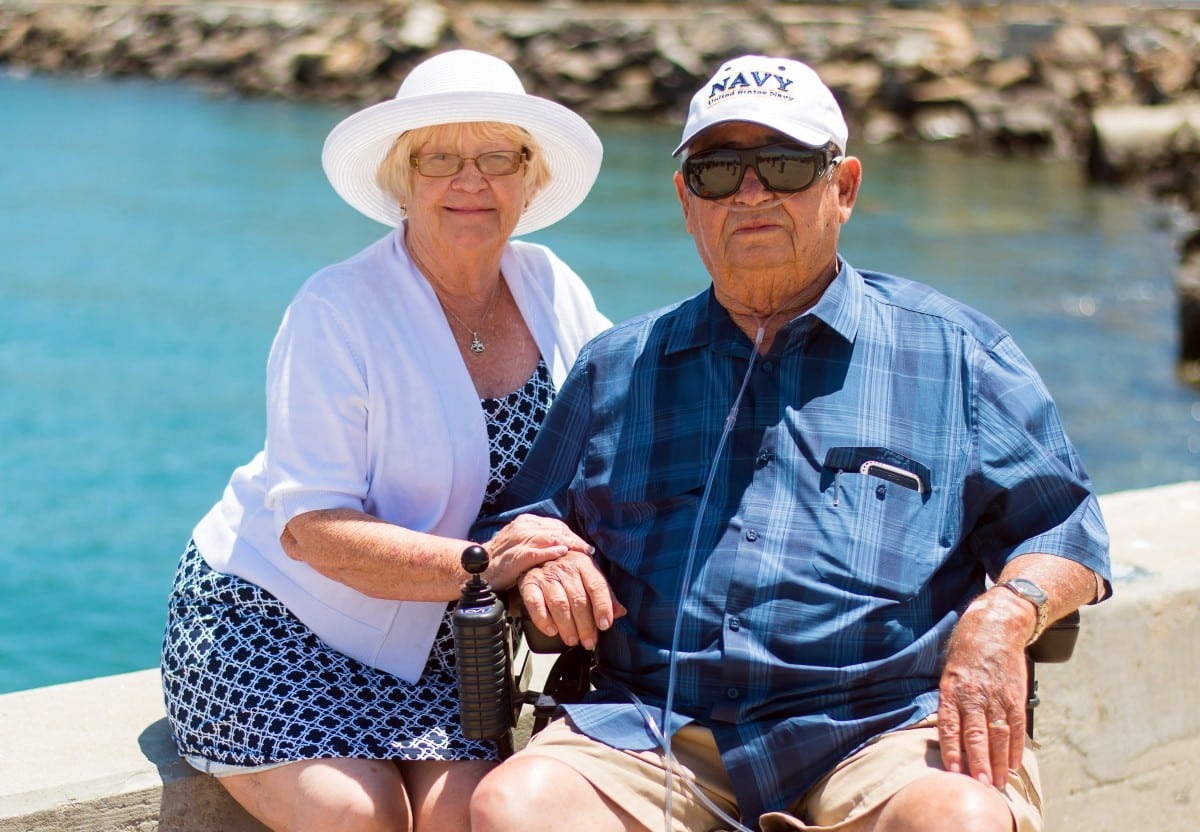









 (Source)
(Source)






